A Passion for Art
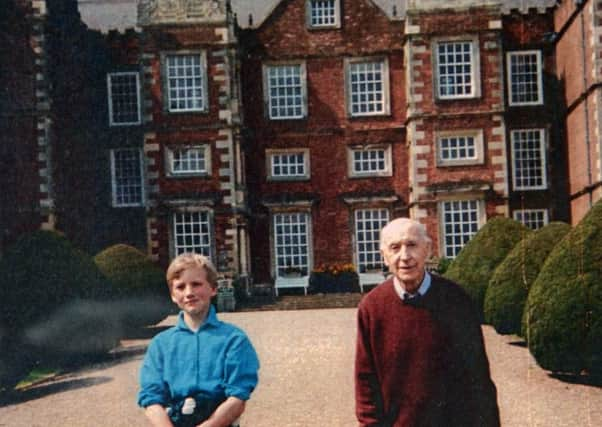

Chance played a great part in Wickham-Boynton bringing the impressive works to East Yorkshire.
He was born and grew up at Burton Agnes, which has been in the same family line since Norman times.
Advertisement
Hide AdAdvertisement
Hide AdEducated at Eton, he later developed an interest in both agriculture and breeding race horses. Working as the land agent for the Highclere Castle Estate in Berkshire, he had some dealings with the London-based Adams Gallery which dealt in French Impressionist and other works. He began collecting works in a small way from around 1937.
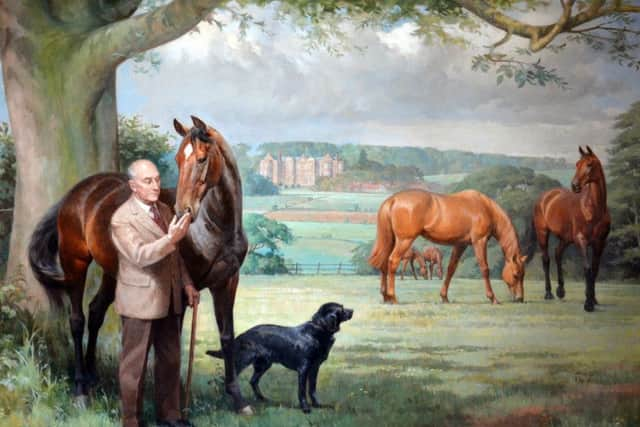

For a time Wickham-Boynton worked at breeding stables near Paris and was quite aware of the buoyancy of modern art movements in the city. Besides embracing these new ideas, his interest in the French works was derived from artists using bright colours. A life-long friend, Vicente Arroyo, believed he was colour blind and could only see vivid primary colours.
Because there was a risk of the Adams’ gallery pictures being damaged during the Second World War in London, the owners asked Wickham-Boynton if some of them could be stored at his house on the Highclere estate. Their trust in him was unwavering.
Living for several years amongst many stunning works, including those by Matisse, Duffy, Modigliani and Picasso, displayed in his bedroom and sitting room, this nurtured further a passion for art as well as a deep desire to collect.
Advertisement
Hide AdAdvertisement
Hide AdHe added more pictures to his growing collection at a period when works by French artists were not fetching the astronomical prices of today. In the first half of the 20th century the influence of French art was slow to be fully recognised.
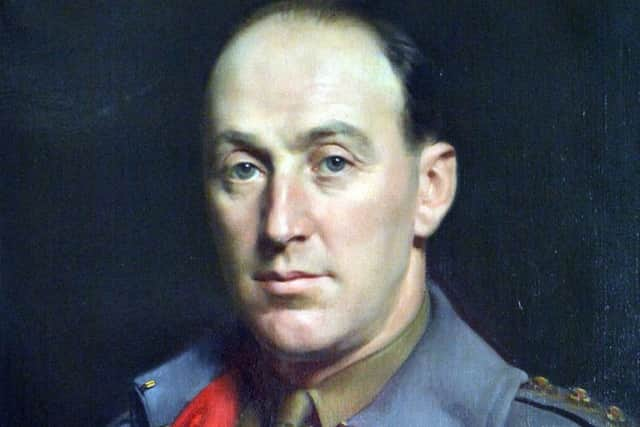

Two art collector friends who helped or advised him included Lord Ivor Spencer Churchill and the Right Hon Harcourt ‘Crinks’ Johnstone. His appreciation of French Impressionists owed much to the influence of Samuel Courtauld. The directors of the Adams Gallery gave him much valuable advice.
Wickham-Boynton’s elder brother Henry (born 1900) died in 1942 through consumption, contracted on active service. His father, Thomas (b. 1869) also died in the same year, so Marcus was suddenly left to take over at Burton Agnes and was not pleased. Reluctantly, he moved back home to live with his ageing, formidable mother, Cycely (1877-1947). The pair never enjoyed a good relationship.
This was a troubled time; there were mortgages on some of the land and the house was not in a good state of repair. Over his lifetime at Burton Agnes he reversed both situations and built up the estate to the fabulous place it is today.
Advertisement
Hide AdAdvertisement
Hide AdDescribed as a fair yet demanding and well-organised man, Wickham-Boynton was very successful as an arable farmer and as a breeder of racehorses, establishing a stud at Burton Agnes. All this went some way to finance renovations in the house, particularly the conversion of the long gallery on the third floor back to its original condition. This took place over a long period and in several stages starting in 1951.
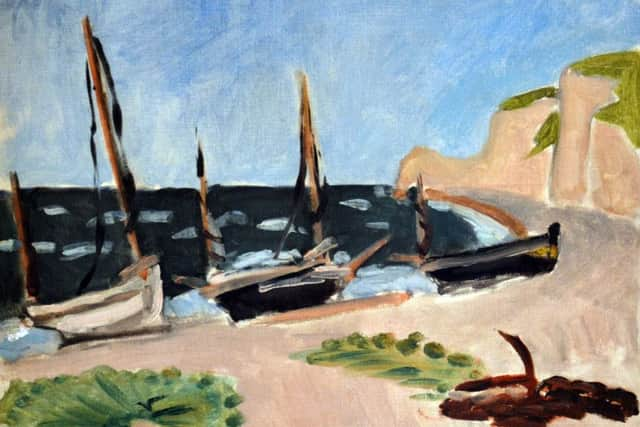

The room stretches the full width of the house, and is where many of the modern French paintings presently hang. The work was carried out under the supervision of a local architect, Francis Johnson.
Throughout his life, he continued to buy and sell paintings. Unfortunately this included the sale of number of impressionist works and a small painting by Bonnard. Nonetheless, the long gallery remains a testament to his prowess as a shrewd, yet adventurous, pioneer art collector.
Initially, when he included the bright – some would say garish – French paintings at 17th century Burton Agnes, the reaction was one of shock and disgust. Perhaps today the equivalent would be exhibiting one of Damien Hirst’s works.
Advertisement
Hide AdAdvertisement
Hide AdNow the French pictures fit in quite comfortably amongst the formal portraits and classical landscapes.
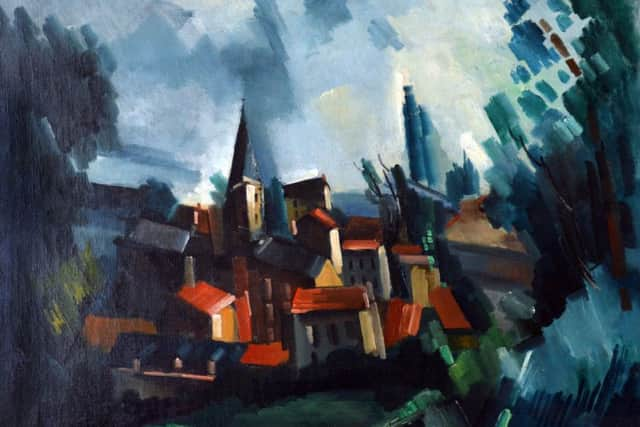

The collection of Wickham-Boynton paintings is quite broad, ranging from the work of French Realists Corot (1796-1875) and Courbet (1819-1877), through to the Impressionists Pissaro (1830-1913), Renoir (1841-1919), then Post Impressions such as Derain (1880-1954), Gauguin (1848-1903) and Matisse (1869-1954). There are paintings by early 20th century English artists and sculptors who absorbed the influence from across the Channel, including Duncan Grant (1885-1978), Augustus John (1878-1961) and Jacob Epstein (1880-1959.
Wickham-Boynton never had children or married and on his death in 1989 left the Burton Agnes estate to his distant relative, 12-year-old Simon Cunliffe-Lister. He said: ‘He was a typical Yorkshireman who was very adept in finding good deals for pictures to add to his collection.”
Today, Wickham-Boynton’s enthusiasm for art continues to thrive at Burton-Agnes with ‘an artist in residence’ scheme. During the months when the hall is open, artists stay, usually in pairs, to spend time in the Summer House studio and around the Hall and Gardens. Art is displayed in the Summer House and inside the Hall.
The Courtyard Gallery also, separately, houses a year-round programme of local artists, who display and sell their work.